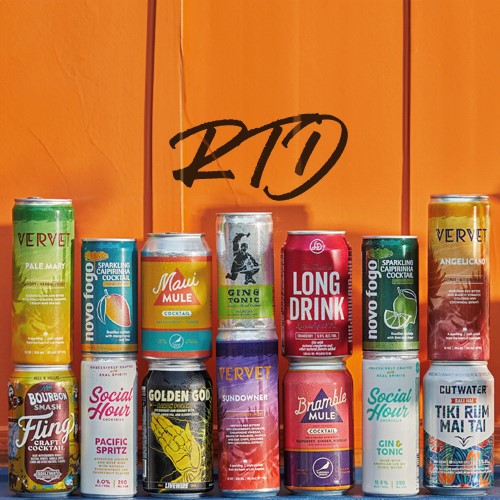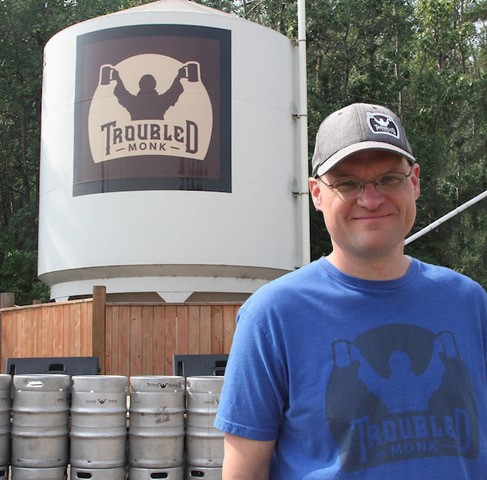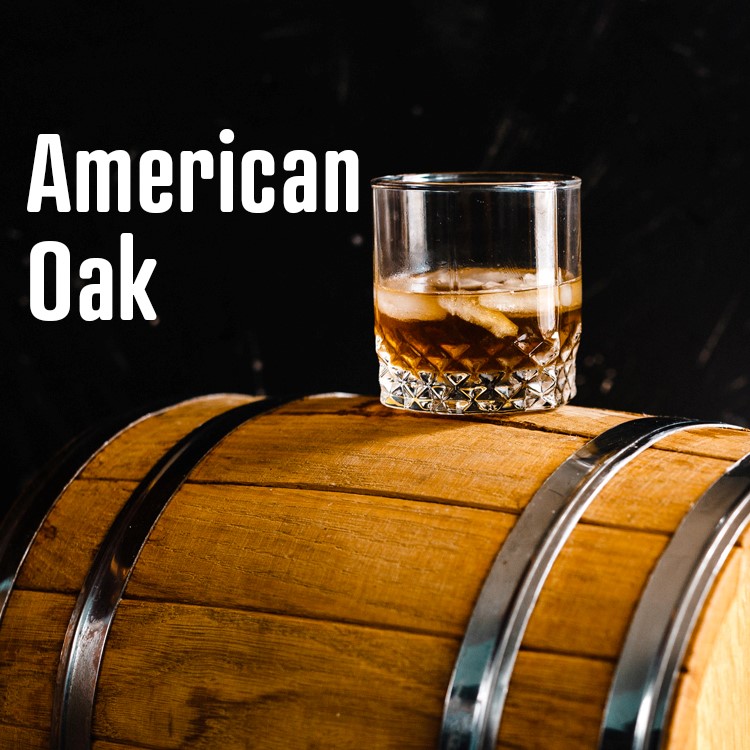The Challenge of Canning a Stable Ready-to-Drink Beverage
In recent years, the demand for convenient and portable beverages has surged, leading to the popularity of ready-to-drink (RTD) products. From iced teas to coffees, and cocktails to energy drinks, consumers seek the ease and accessibility of these on-the-go options. However, behind the allure of these beverages lies a significant challenge: achieving stability in canned RTDs.
Canning RTDs presents a unique set of hurdles compared to traditional bottling or other packaging methods. One of the primary challenges is maintaining the integrity of the beverage’s flavour, texture, and appearance over time. Unlike bottled drinks, canned beverages are subjected to a more intense environment due to the potential for interaction between the liquid and the metal can.
One major concern is the preservation of freshness. RTDs often contain delicate flavour profiles, which can be compromised by factors such as oxygen exposure and light penetration. While cans provide excellent protection against light, they are not entirely impervious to oxygen ingress, which can lead to flavour degradation and even spoilage over time.
Additionally, the acidity or pH level of the beverage can affect its stability in a metal container. Highly acidic beverages, such as citrus-based drinks or carbonated sodas, can corrode the inner lining of aluminum cans, potentially imparting off-flavours or compromising the integrity of the package.
Moreover, the process of canning itself introduces challenges. Achieving the right balance of pressure and temperature during canning is crucial for preserving the beverage while ensuring microbiological safety. Improper canning conditions can result in under-processing, leading to the growth of harmful bacteria, or over-processing, which can alter the taste and texture of the drink.
Furthermore, RTDs often contain a variety of ingredients, including natural flavours, sweeteners, and preservatives, each of which can interact differently with the can material or with each other, affecting the overall stability of the product.
To address these challenges, beverage manufacturers invest significant resources in research and development, employing innovative packaging technologies, formulation adjustments, and stringent quality control measures. From utilizing barrier coatings to minimize oxygen ingress to optimizing pasteurization processes, companies continuously strive to enhance the shelf-life and quality of their canned RTD offerings.
While the demand for canned RTDs continues to rise, so too does the complexity of ensuring their stability. Overcoming the myriad challenges associated with canning these beverages requires a multidisciplinary approach that combines scientific expertise, technological innovation, and meticulous attention to detail. By tackling these obstacles head-on, manufacturers can deliver RTDs that not only meet consumer expectations for convenience and flavour but also maintain their integrity throughout their shelf-life.






